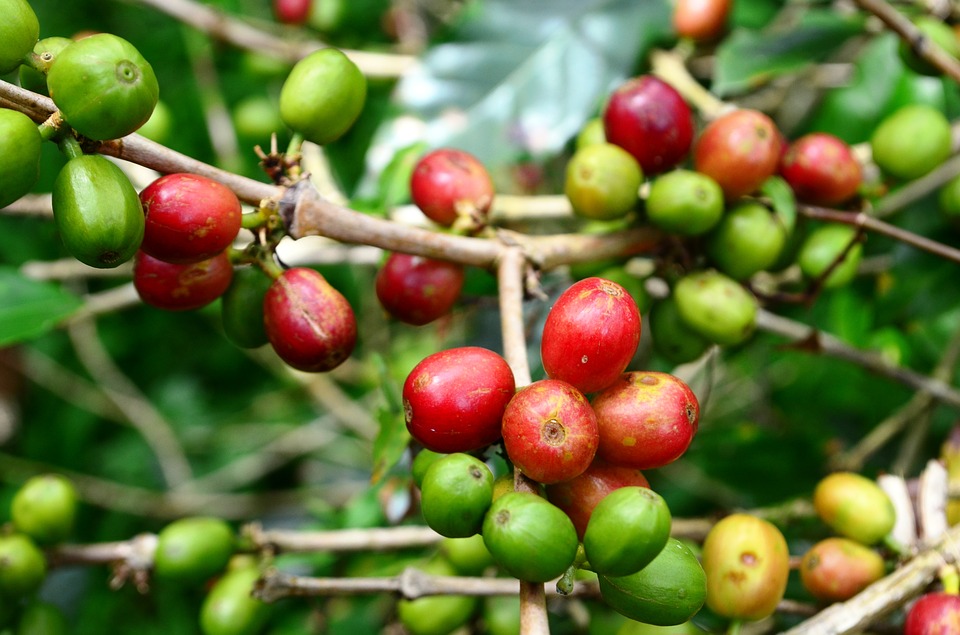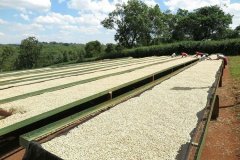Do you have to understand the chemical reaction in coffee roasting? the change of coffee beans in the boiler
For professional baristas, please follow the coffee workshop (Wechat official account cafe_style)
Chemical reactions aside, the physical changes of coffee beans during heating are already quite complex: the same bean, fried in the same way (that is, the same roasting curve), may not taste the same. Some enthusiasts like to stick graphs on their bags when communicating. Although this helps testers understand the basic information about the baking period, it is almost impossible to copy the taste by chart alone: when learning to stir-fry beans, the author likes to try to stir-fry coffee in the same producing area with the curve recommended by others on the Internet, but the results vary, and many expected flavors do not appear. One reason is that the figures reflected by the thermometer do not represent the real situation: like hot water in a water pot, the bottom is hotter than the top. And the location of the thermometer, each brand of fried bean machine is different. Even if it is the same model, professional bakers will make adjustments before using it.
Assuming that the thermometer is accurate, it only measures the surface temperature between beans. It's like a giant oven full of chickens of different sizes. The figures on the display screen do not reflect the deepest temperature of the chicken.

Unlike boiling water, coffee beans go through two "endothermic and exothermic" (endothermic-exothermic) stages during heating: when the beans are still emerald green and have a high water content, the heat is first absorbed and evaporated by the water, and the temperature rises slowly. On the contrary, coffee beans will release heat during the first explosion (as is the case with the second explosion). If you do not try to lower the temperature in the furnace, the beans will be fried quickly. Phosphorus vomiting
Important Notice :
前街咖啡 FrontStreet Coffee has moved to new addredd:
FrontStreet Coffee Address: 315,Donghua East Road,GuangZhou
Tel:020 38364473
- Prev

What is the proportion of golden cup? the importance of the ratio of hand-brewed coffee powder to water, and how to calculate the ratio?
Brewing ratio refers to the ratio of the amount of coffee powder to the amount of water extracted, which will directly affect the extraction rate of coffee powder and the concentration of coffee liquor. The European and American gold cup criterion is to use the amount of powder and water as the control tool of the follicular coffee tube meter, and its complexity and importance are more important than freshness, fineness and water temperature, time, and water flow. If you have mastered the first three items and still can't make delicious coffee, the problem should be
- Next

Do you want to leave the ultimate meaning of sour coffee baking when baking coffee?
Professional barista communication please follow the coffee workshop (Wechat official account cafe_style) since childhood to drink coffee in the restaurant, no matter what the price, grade of coffee, it must be a little bitter. Children have the most frank taste buds and are mostly resistant to coffee. This is actually the nature of animals (innately aversive); many poisons in nature, including caffeine, are bitter.
Related
- Beginners will see the "Coffee pull flower" guide!
- What is the difference between ice blog purified milk and ordinary milk coffee?
- Why is the Philippines the largest producer of crops in Liberia?
- For coffee extraction, should the fine powder be retained?
- How does extracted espresso fill pressed powder? How much strength does it take to press the powder?
- How to make jasmine cold extract coffee? Is the jasmine + latte good?
- Will this little toy really make the coffee taste better? How does Lily Drip affect coffee extraction?
- Will the action of slapping the filter cup also affect coffee extraction?
- What's the difference between powder-to-water ratio and powder-to-liquid ratio?
- What is the Ethiopian local species? What does it have to do with Heirloom native species?

